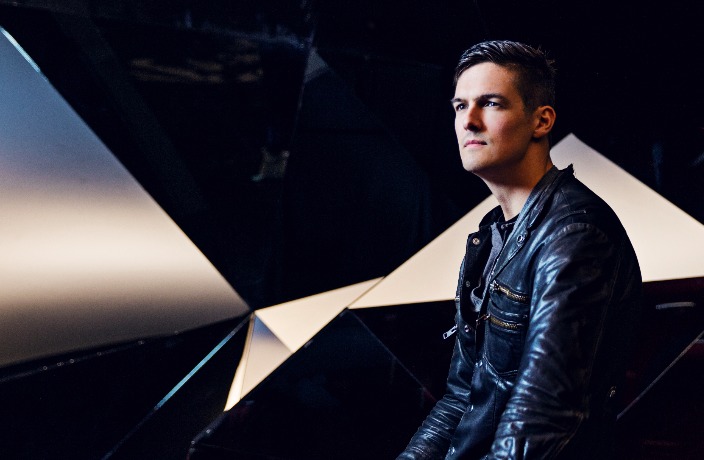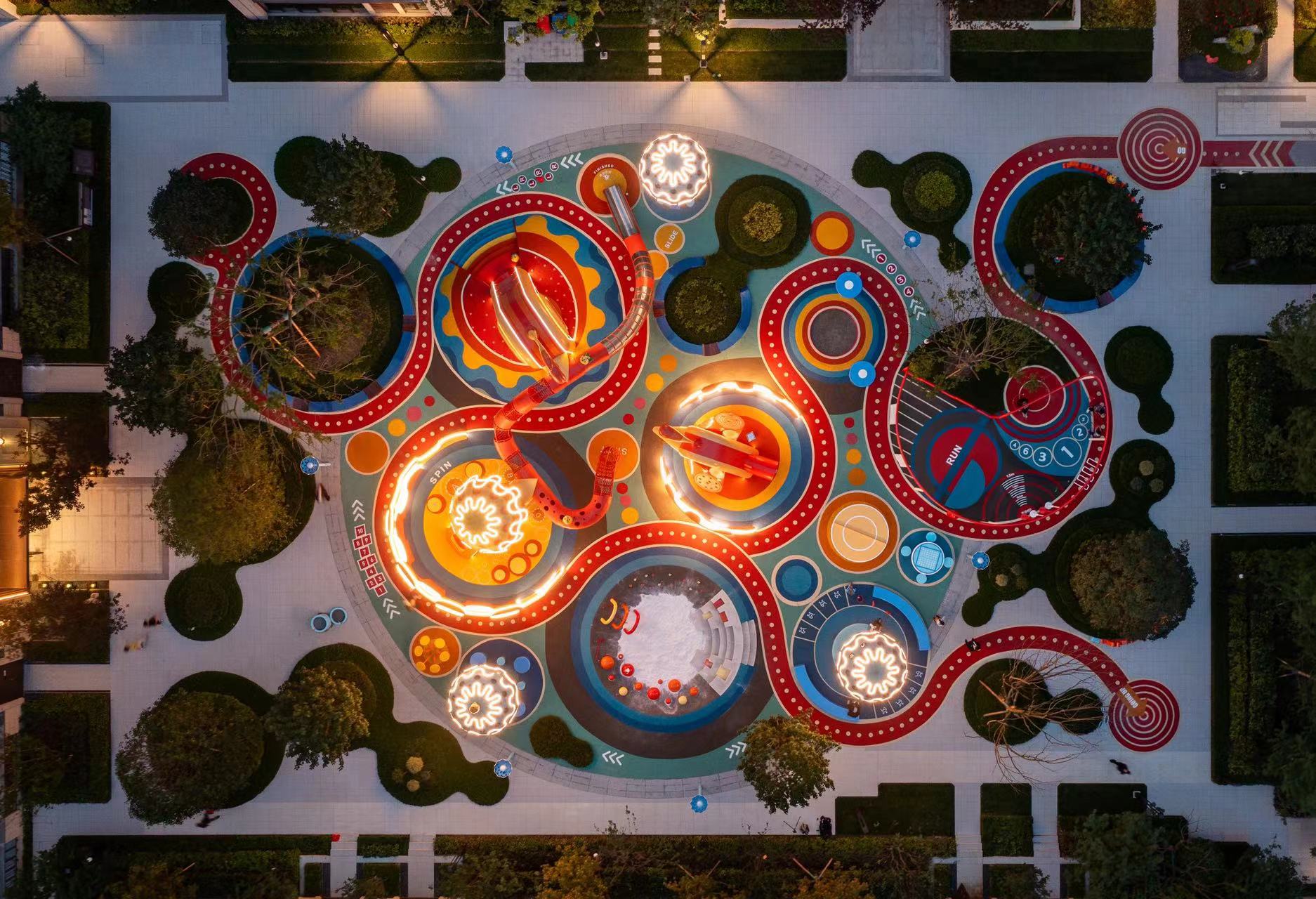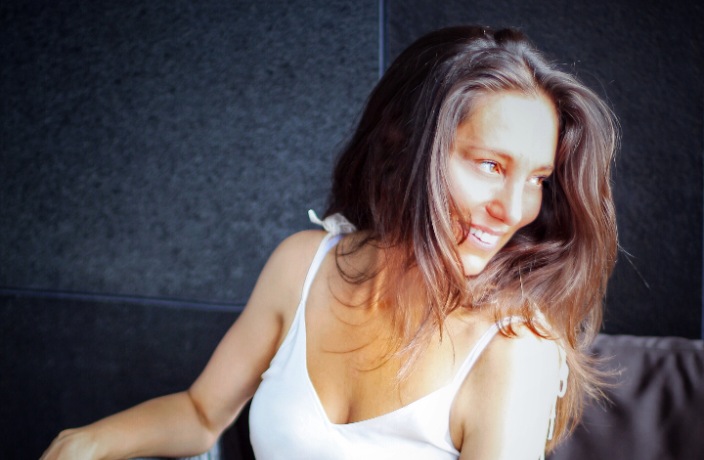Spotlight is a regular series where we feature a prominent person in the creative scene. This month we speak with architect and interior designer Ian Douglas-Jones, founder of Atelier I-N-D-J.
Shortly after graduating from the Royal College of Art London with a Master’s Degree in Architecture, Ian Douglas-Jones founded his Shanghai-based design practice Atelier I-N-D-J in 2009. Since then, the multidisciplinary firm has taken on a vast range of projects from restaurants, shops and office spaces to lighting fixtures, furniture and art installations for clients across China and around the world. We caught up with the jack-of-all-trades in design to look back at the beginning of his career and discuss his latest work.
When did you first develop an interest in design and architecture and made the decision to pursue a career in this field?
My introduction to architecture came when I had completed my A Levels. Since I had always had an aptitude for drawing and enjoyed making things in my parents’ garage, I took a job as an assistant for a local architect. My employer (Alan Seager) quickly became a mentor who guided me towards my degree, and helped me find my calling. To Alan, I am forever grateful.
You established Atelier I-N-D-J in 2009. Over the last 10 years, what are the major changes in the Chinese market that you’ve noticed?
There is certainly an awakening of design consciousness. Clients are looking for differentiation beyond basic price points, and quality, originality, creativity and a sort of ‘tribal allegiance’ through brand experiences is coming through, which is good news for good designers as the market segments further. There are also opportunities as other more pressing factors present themselves. The urgency of climate change means that there is increasing space for more cerebral and conscious designers to effect positive change, rather than design for design’s sake.
Your firm’s portfolio spans many disciplines. Is there a common thread that can be found in your work across all these different mediums?
I think this is quite hard to pinpoint since we approach projects quite differently since they each have unique qualities (location, context or stakeholder requirements), however, a common thread might be our approach and design methodology; we are always pushing the envelope to draw inspiration from other disciplines or areas.
“The urgency of climate change means that there is increasing space for more cerebral and conscious designers to effect positive change”
In a 2014 interview, the writer mentioned that lighting is a dominant element of your design. Is this still true?
Yes, I would say that lighting is still a crucial element. We have an upcoming project in the Shenzhen Metro featuring an interactive light installation that reacts to passersby, giving visitors a ‘digital shadow’ in changing color and animation. Thanks to AI technology and accessibility to complex programming, we can now do many amazing things with light.
Can you tell us a little bit about your latest installations in Xintiandi for Design Shanghai?
This year, we have two installations, and we want to leave a lasting impression with both – not just a visual wow factor but also a conscious story that can effect change or raise awareness on particular topics. In this case, we’re exploring the issues of species diversity degradation and climate change.
You’ve lived and worked in London, Auckland and Shanghai. How have these cities inspired you personally?
Global cities all share similar qualities: world-class restaurants, retailers, museums, galleries, real estate, etc. However, what I’ve noticed is the disparity in ‘quality of life.’ Auckland was a real experience whereby work-life balance is well protected, and taking time off is not frowned upon. Personally, I think people work too much and too hard in Shanghai. As a company, we try to channel the idea of working effectively so we have time for the other things we love outside of work. For me, connecting with nature is super important and needs to be nurtured while living in a concrete jungle, and we hold this as particularly important for our child too. There is more to life than architecture!
For more Spotlight posts, click here. Find out more about Atelier I-N-D-J here. Cover image courtesy of Ian Douglas-Jones.






















0 User Comments